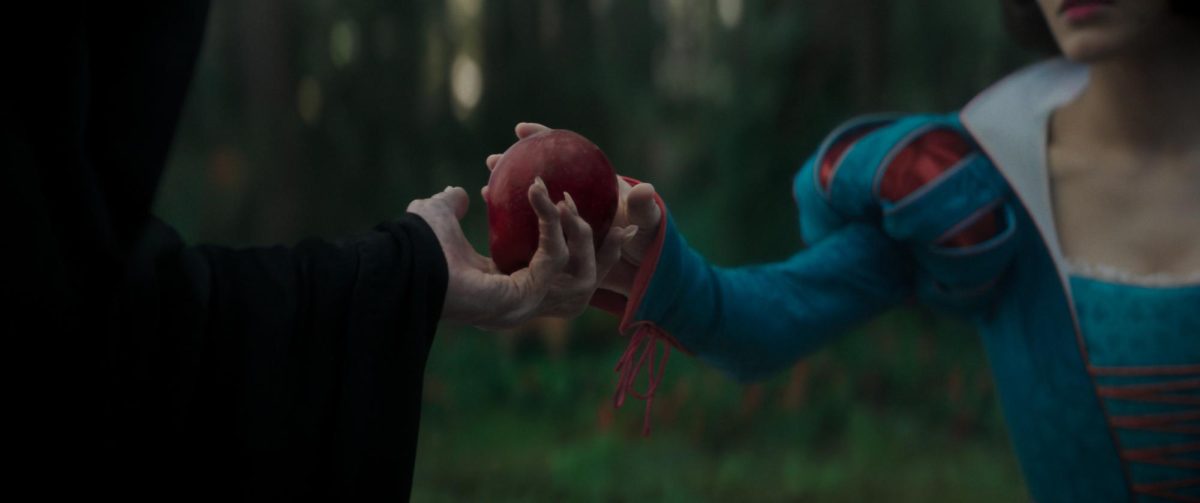There was a time when a new Disney film was synonymous with artistic and technological innovation. Disney heavily influenced the world of animation and brought forth many new ideas that were then used by other studios. But in recent years, the studio’s fixation on live-action remakes of its animated classics suggests that the company is less interested in taking risks and more interested in making money. Disney’s latest live-action adaptation, “Snow White,” follows this trend.
Directed by Marc Webb and starring Rachel Zegler as the titular princess, this adaptation attempts to bring a new telling of the beloved classic. In the beginning, the film seems to have found its footing: it keeps the spirit of the original while adding some new narrative elements. But as the movie goes on, it becomes increasingly difficult to justify its existence beyond commercial motives.
A New Snow White
Disney proposed this movie as a progressive retelling of their classic “Snow White and the Seven Dwarves.” Zegler heavily advertised this idea, which received a lot of backlash. Zegler’s Snow White is a good heroine for this story. Her interpretation of the character is believably likable, and her singing is undoubtedly one of her greatest strengths.
That being said, the film’s musical score is just okay. Like many of Disney’s live-action adaptations, Snow White covers the classic songs and adds new ones that fail to leave any impression at all. Zegler’s singing ability is incredible, but good singing can only get a mediocre track so far.
Gal Gadot’s Evil Queen, meanwhile, is not that great. Her acting for this character is subpar and quite hard to watch. Her performance is a bit too cartoonish and quite unbelievable, even when considering this is a Disney princess movie.
Then, there is the issue of the seven dwarves. It feels like these CGI-animated characters were haphazardly inserted. The dwarves, who are essential to Snow White’s original story, feel like they weren’t even meant to be there.
The Fundamental Flaw of Live-Action Remakes
It is odd that Disney is one of the companies remaking animated movies and looking down on hand-drawn animation when they are the ones who set the precedent for it in the first place. If the dwarves are to be rendered in CGI, then the justification for making the film “live-action” is pointless. The original “Snow White and The Seven Dwarves” was good because it was told through a humanized lens. Hand-drawn animation is a medium that allows artistry that no amount of CGI can replicate. Disney’s insistence on revisiting these stories in “live-action” shows a lack of faith in its own legacy.
Classic vs. Contemporary
“Snow White” is not an unwatchable film, but it does feel pointless and unnecessary. It doesn’t fully honor its predecessor nor boldly reinvent it. It is longer than it needs to be and more convoluted than it should be. Zegler’s talents are obvious, but even a capable lead cannot compensate for a film that lacks a clear creative vision.
The studio’s attempts to give Snow White agency feel incomplete. It is unable to decide whether it wants to embrace or reject the traditional fairytale romance. The result is a love story that feels half-hearted as if included out of obligation rather than intention.
Disney’s Future
Disney advertised “Snow White” as a new narrative for modern audiences, but this may make one wonder whether such changes are necessary at all. If a story requires such significant revision to feel relevant, then perhaps it is not the story itself that needs retelling, but rather the creation of new stories altogether.
The best way for Disney to honor its legacy would be to do exactly what made films like “Snow White and the Seven Dwarves” groundbreaking in the first place. To take risks, embrace new storytelling techniques, and remember that animation is a medium capable of charm that live-action, no matter how technologically sophisticated, will never quite understand.



